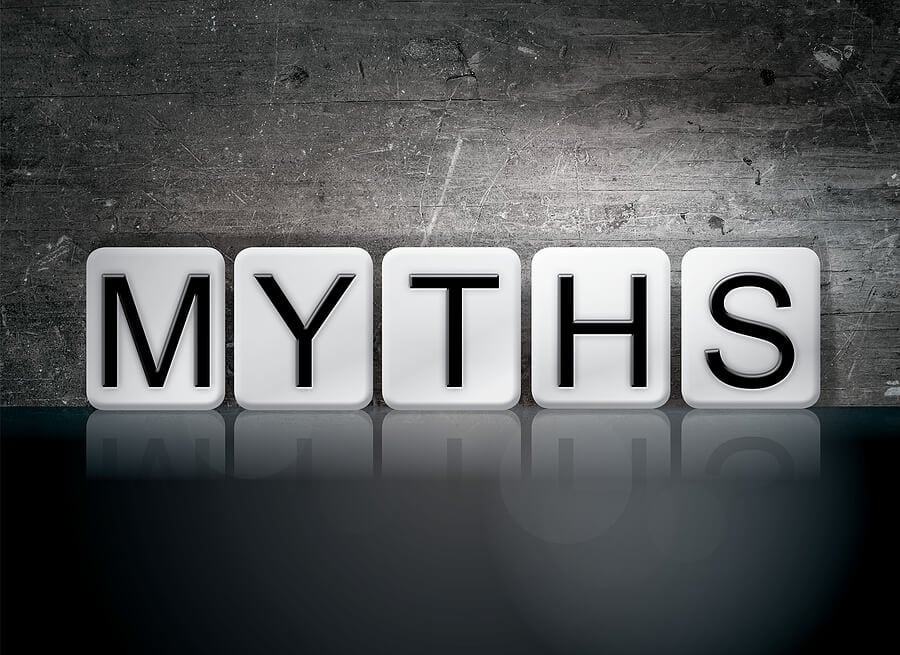- How to Know When It’s Time to Replace Your Hearing Aids - July 8, 2024
- Hearing Aid Repair and Cleaning Best Practices - June 24, 2024
- The Lifelong Benefits of Early Detection and Addressing Your Hearing Loss - June 10, 2024
The hearing sense is a crucial thread that connects us to the rest of the world. Unfortunately, misconceptions about hearing loss often shroud this essential aspect of our lives.
This blog will show the truths behind prevalent misconceptions surrounding hearing loss. Our goal is to create awareness, debunk myths, and cultivate a nuanced understanding of the diverse landscape of hearing impairment.
Myth 1: Only the Elderly Experience Hearing Loss
One major misconception revolves around the belief that hearing loss is exclusive to the elderly. On the contrary, hearing challenges can impact individuals across all age groups. Various factors such as genetic predisposition, exposure to loud environments, or specific medical conditions can contribute to hearing loss from infants to young adults.
Understanding the multifaceted nature of hearing impairment, irrespective of age, is crucial in recognizing and addressing it promptly. Exploring the diverse causes of hearing loss in different age brackets is essential to delve deeper into this misconception. For instance, congenital factors or genetic predispositions can impair infants’ hearing.
It may be recreational noise exposure in young adults, such as attending concerts or using personal audio devices at high volumes. This can contribute to early-onset hearing challenges.
Myth 2: Hearing Aids Are Only for Severe Hearing Loss
Another widely held misconception is that hearing aids are exclusively reserved for individuals with severe hearing impairment.
This oversimplified perspective fails to acknowledge the versatility and adaptability of modern hearing aid technology.
Today’s hearing aids are meticulously designed to cater to a spectrum of hearing issues, ranging from mild to profound. It is crucial to delve into the technological advancements within hearing aids. Digital signal processing, directional microphones, and adaptive algorithms allow hearing aids to provide personalized solutions for varying degrees of hearing loss.
Moreover, early intervention with hearing aids has been proven to enhance overall quality of life, irrespective of the severity of the condition.
Myth 3: Using Hearing Aids Makes Hearing Perfect
A common belief is that using hearing aids equates to perfect hearing. However, it’s essential to clarify that hearing aids serve as assistive devices rather than miraculous cures. While these devices amplify sounds and improve overall auditory experiences, they do not completely restore hearing to its original state.
To unravel the truth behind this misconception, it’s necessary to explore the mechanics of hearing aids. Hearing aids are designed to enhance specific frequencies and make sounds more audible, but they cannot address underlying physiological or neurological issues.
Setting realistic expectations regarding the capabilities of hearing aids is pivotal in fostering a positive and informed perspective. By understanding the symbiotic relationship between natural hearing and assistive technology, individuals can make more informed decisions regarding their auditory well-being.
Myth 4: Hearing Loss Is Always Noticeable
Not all forms of hearing loss manifest in obvious ways, leading to the misconception that it is always readily noticeable. Many individuals experience gradual hearing decline, adapting to subtle changes over time. This adaptability can result in delayed awareness and intervention, emphasizing the importance of regular hearing check-ups.
To delve into the nuances of this misconception, it’s crucial to explore the spectrum of hearing loss visibility. Some individuals may experience sudden and noticeable hearing loss due to factors like infections or trauma.
However, many others may encounter a gradual decline that often goes unnoticed until it reaches a more advanced stage. Routine hearing screenings are indispensable in detecting even minor changes in hearing ability, allowing for timely management and prevention of further deterioration.
Myth 5: Exposure to Loud Noises Won’t Affect My Hearing
A dangerous misconception revolves around the belief that our ears are impervious to the effects of loud noises. Prolonged exposure to loud environments, whether through concerts, machinery, or personal audio devices, can contribute to hearing damage over time.
Understanding the nuances of noise-induced hearing loss is crucial in promoting safe listening habits and preventing long-term consequences. It’s essential to delve into the science of noise-induced hearing damage to dissect this misconception.
Extended exposure to sounds exceeding safe decibel levels can damage the delicate structures of the inner ear. Exploring the cumulative nature of this damage underscores the importance of practicing safe listening habits, such as using ear protection in loud environments and limiting exposure to excessively loud sounds.
Myth 6: Hearing Loss Is Purely Physical
While hearing loss is often perceived as a physical condition, it encompasses emotional and social dimensions that are frequently overlooked. Acknowledging the emotional toll of hearing impairment is crucial in developing a holistic approach to hearing care.
Individuals experiencing hearing challenges may encounter feelings of isolation, frustration, and even depression. The communication barriers that arise from hearing loss can strain relationships and impact overall well-being.
Recognizing and addressing these emotional aspects is integral to comprehensive hearing care. By delving into the emotional dimensions of hearing loss, we emphasize the importance of a holistic approach that considers both the physical and psychological aspects of auditory well-being.
Conclusion
By unraveling the truths behind these myths, we pave the way for a more informed and supportive community. From the intricate causes of hearing loss at different stages of life to the technological marvels of modern hearing aids, understanding the details is key to fostering awareness and promoting proactive auditory care.

